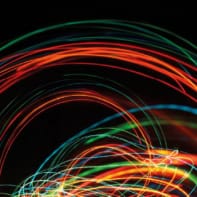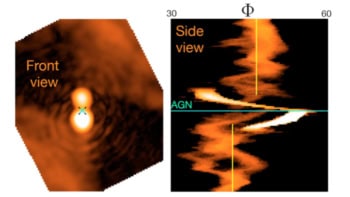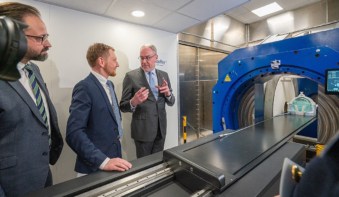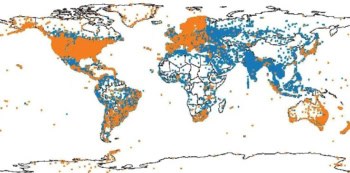The quest for ever-shorter laser pulses inevitably results in each pulse containing fewer and fewer oscillations of the laser field. Indeed, the shortest visible and infrared laser pulses are typically just a few femtoseconds (10-15 seconds) in duration and contain just a few cycles of the laser field. However, there is a need for even shorter pulses to study fundamental physical, chemical and biological processes on shorter and shorter timescales. Moreover, many applications require photons with higher energies, so there is a corresponding need for ultrashort pulses at shorter wavelengths in the extreme ultraviolet and X-ray regions of the spectrum. Ferenc Krausz of the Technical University of Vienna and co-workers in Germany and Canada have now taken a major step in this direction (M Drescher et al 2001 Science Express 1058561).
Beating the femtosecond limit
15 Feb 2001



